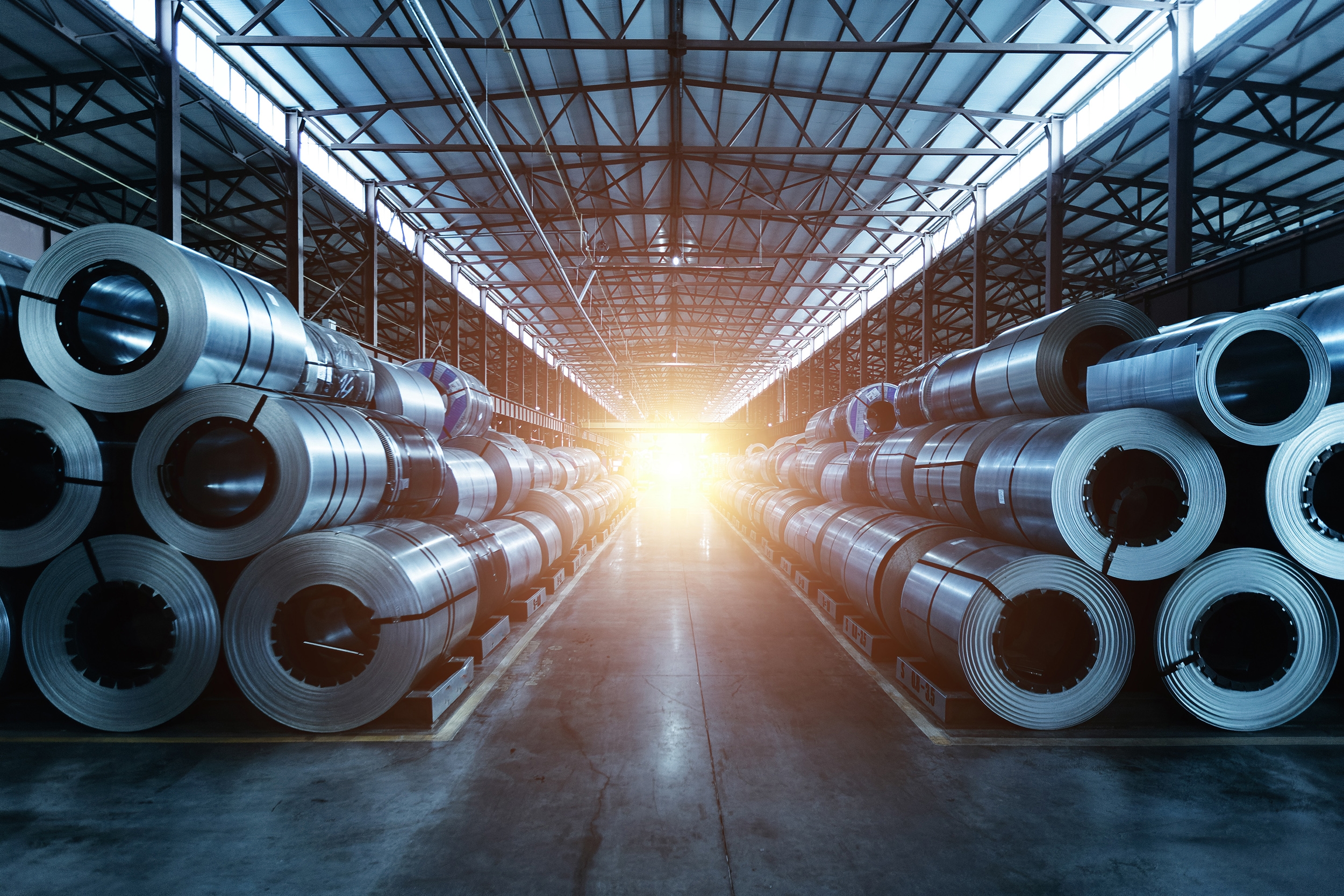Challenges and Opportunities in South Australia's Green Iron and Steel Strategy
Key Ideas
- South Australia's shift to gas in iron and steel production poses cost and supply risks due to the slow decline in green hydrogen production costs.
- The Institute for Energy Economics and Financial Analysis advocates for the adoption of green hydrogen-based DRI in South Australia to leverage its green iron and steel potential.
- Contrary to gas reliance, countries like Sweden, Canada, and Brazil are progressing towards truly green iron and steel production using green hydrogen-based DRI technology.
- The limitations of gas-based DRI, including emissions intensity and unproven CCS technology, highlight the superiority of green hydrogen in achieving truly green iron and steel production.
The South Australian government's plan to transition the iron and steel sector to green production is facing challenges as the costs of green hydrogen production have not decreased as expected. The abandonment of building a green hydrogen plant and the dissolution of the Office of Hydrogen Power have led to a shift towards gas reliance in the production process. However, the Institute for Energy Economics and Financial Analysis warns of the risks associated with long-term gas reliance for iron and steel production, advocating instead for the rapid adoption of green hydrogen-based DRI. This shift is crucial to fulfill the state's Green Iron and Steel Strategy and leverage South Australia's potential in green iron and steel.
While green hydrogen technology remains expensive, it is essential for the future, particularly in sectors like iron and steel. The report highlights the global competition in green iron and steel production, with other countries like Sweden, Canada, and Brazil making strides in adopting green hydrogen-based DRI technology. The limitations of gas-based DRI, such as emissions intensity and the inefficiency of CCS technology in decarbonization, underscore the importance of embracing green hydrogen for sustainable iron and steel production.
The article emphasizes that South Australia should capitalize on its advantages to pioneer truly green iron and steel production, rather than falling behind due to reliance on gas. The risks associated with gas reliance, including escalating prices and supply shortages, present significant challenges that can be mitigated through the adoption of green technologies. By prioritizing green hydrogen-based DRI, South Australia can establish itself as a leader in sustainable iron and steel production, aligning with global trends towards decarbonization and green technologies.
